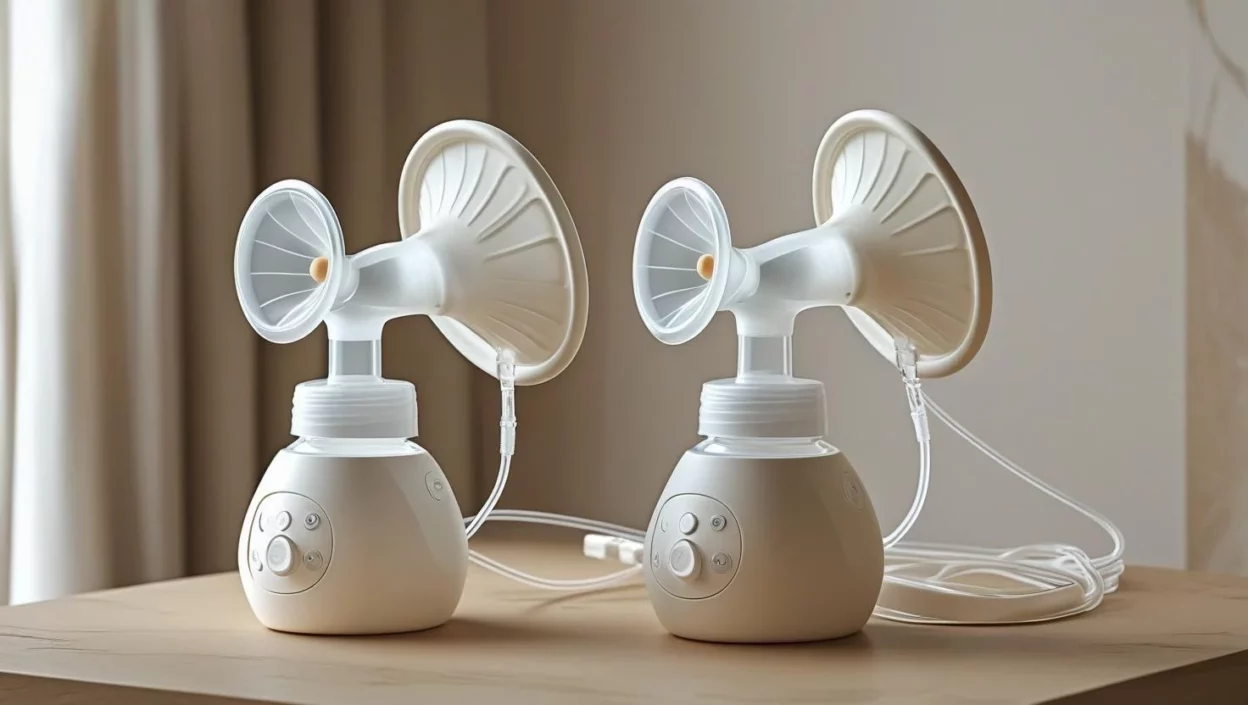Getting sick while breastfeeding can be tough—especially when it affects your milk production. Illness, fatigue, or even dehydration can cause your supply to dip. Thankfully, a breast pump can help you stay consistent and maintain your routine even while you’re recovering.
When your body is working hard to fight off a virus or infection, breastfeeding might feel like an added challenge. However, using a pump can ensure your baby still gets the nourishment they need. It also gives you more flexibility and control during a time when rest and healing are your top priorities.
What Happens to Milk Supply When You’re Sick?
When you’re under the weather, your body prioritizes healing over milk production. You may experience:
- Dehydration, which limits milk volume
- Fatigue, reducing your body’s energy for milk output
- Loss of appetite, impacting the nutrients needed for production
- Disruption of feeding or pumping schedule
These factors often cause a temporary dip in supply, which usually recovers once you’re better.
Why Using a Breast Pump Is Crucial During Illness
A breast pump helps ensure your milk supply doesn’t drop further by stimulating your body to keep producing milk. It’s especially helpful if:
- You’re too sick to nurse directly
- You’ve been temporarily separated from your baby
- Your baby isn’t nursing well due to illness or fussiness
By pumping regularly, you avoid engorgement, clogged ducts, and a more significant supply drop.
Why Consistent Pumping Helps Prevent Supply Drops
Milk production operates on supply and demand. When demand stops—even temporarily—your body reduces supply.
To stay on track:
- Pump every 2–3 hours for newborns
- Every 3–4 hours for older babies
- Add an extra session later in the day if you miss one
Even if output is low, stimulation is key to keeping the cycle going.
How to Use a Breast Pump to Maintain Supply While Recovering
When sick, focus on comfort and efficiency. Here’s how:
- Use a gentle suction level, especially if you’re sensitive
- Pump in short sessions—even 10–15 minutes helps
- Stay hydrated and nourished, even with small, frequent snacks
- Try warm compresses or gentle breast massage to aid let-down
For more helpful advice, read: breast pump
How to Choose a Breast Pump That Works When You’re Unwell
When selecting a pump for sick days, prioritize:
- Ease of use and cleaning
- Quiet operation for rest and comfort
- Portability, especially if you’re confined to bed
- Wearable or hands-free options to reduce effort
Many moms find that wearable pumps are the most helpful when feeling weak or tired.
Conclusion
Sickness is temporary, but your breastfeeding goals don’t have to take a hit. A reliable breast pump can help you maintain your milk supply and prevent long-term dips while your body heals. With consistent pumping and proper care, you can continue providing for your baby—even during recovery.
Remember, even small amounts of expressed milk matter. Give yourself grace and take things one session at a time. Staying hydrated, rested, and supported makes all the difference on your breastfeeding journey.

Lexy Summer is a talented writer with a deep passion for the art of language and storytelling. With a background in editing and content creation, Lexy has honed her skills in crafting clear, engaging, and grammatically flawless writing.



